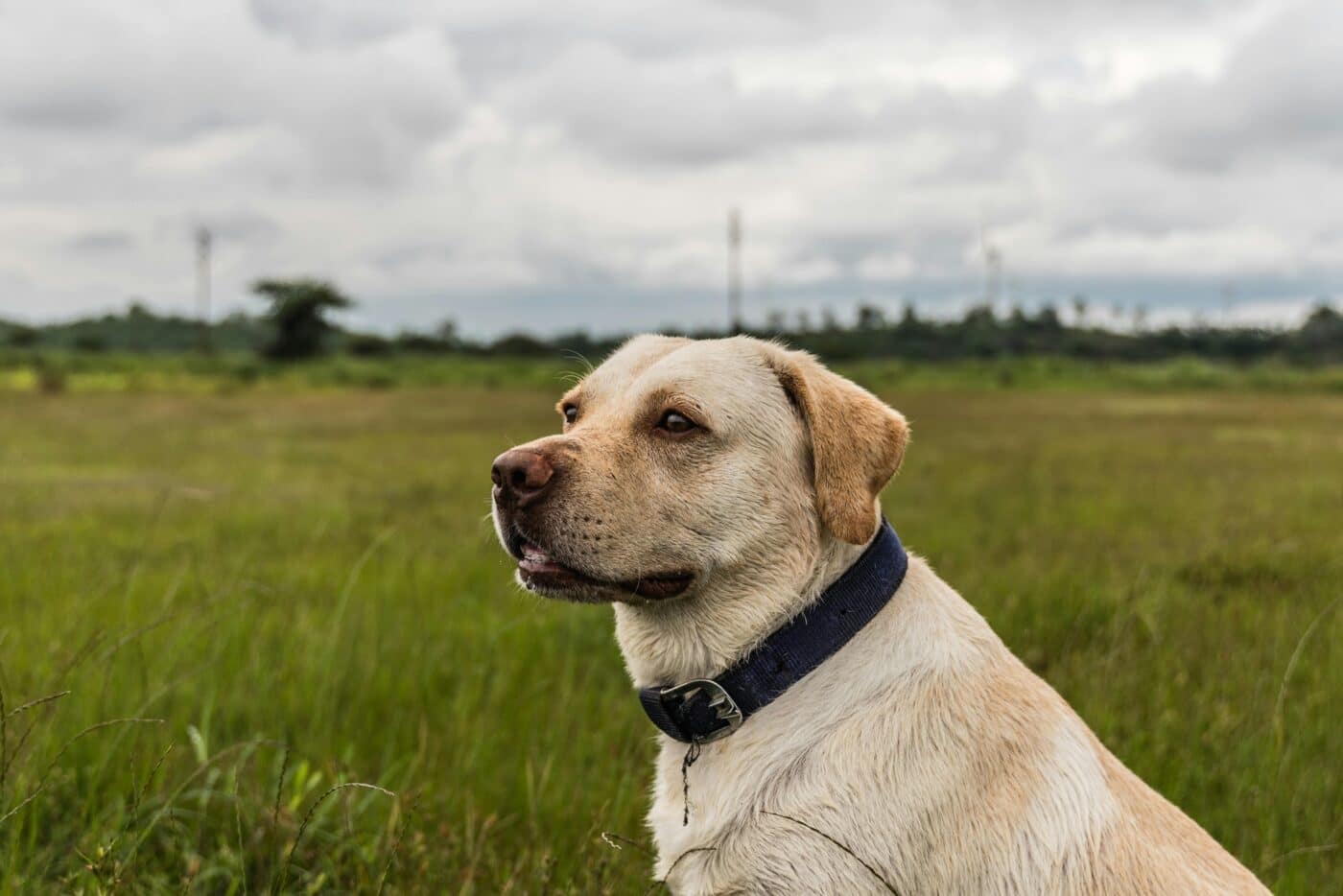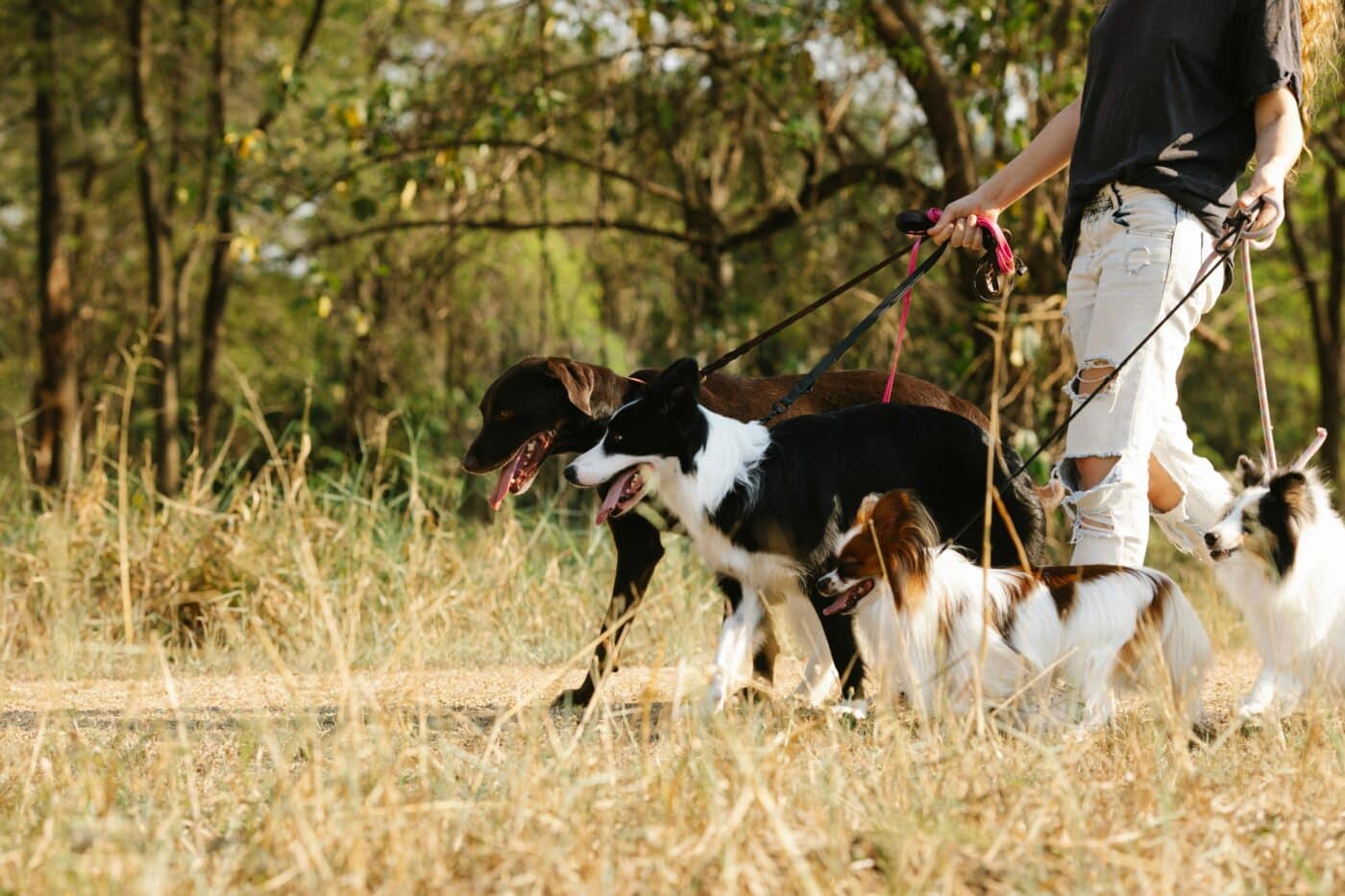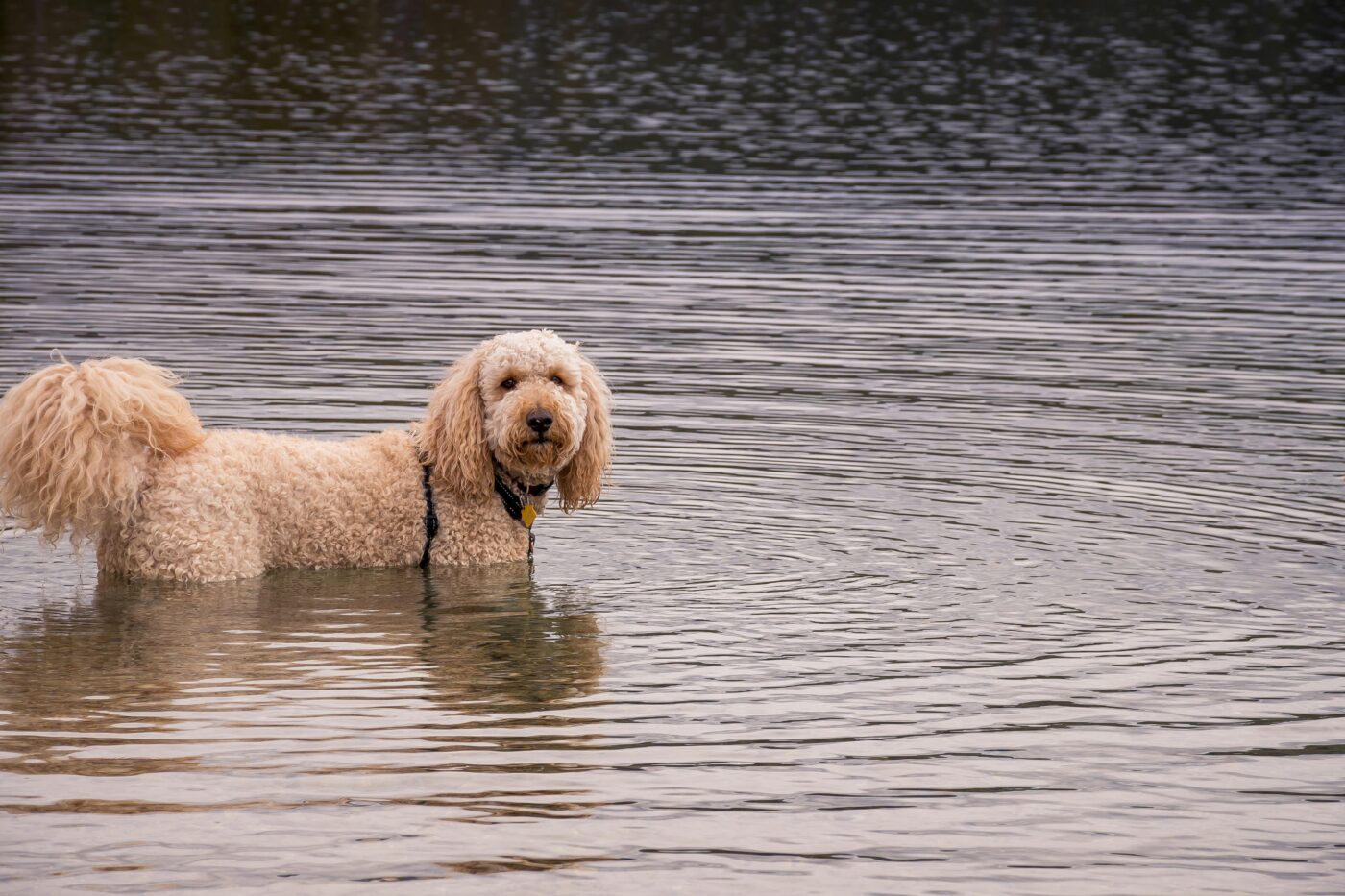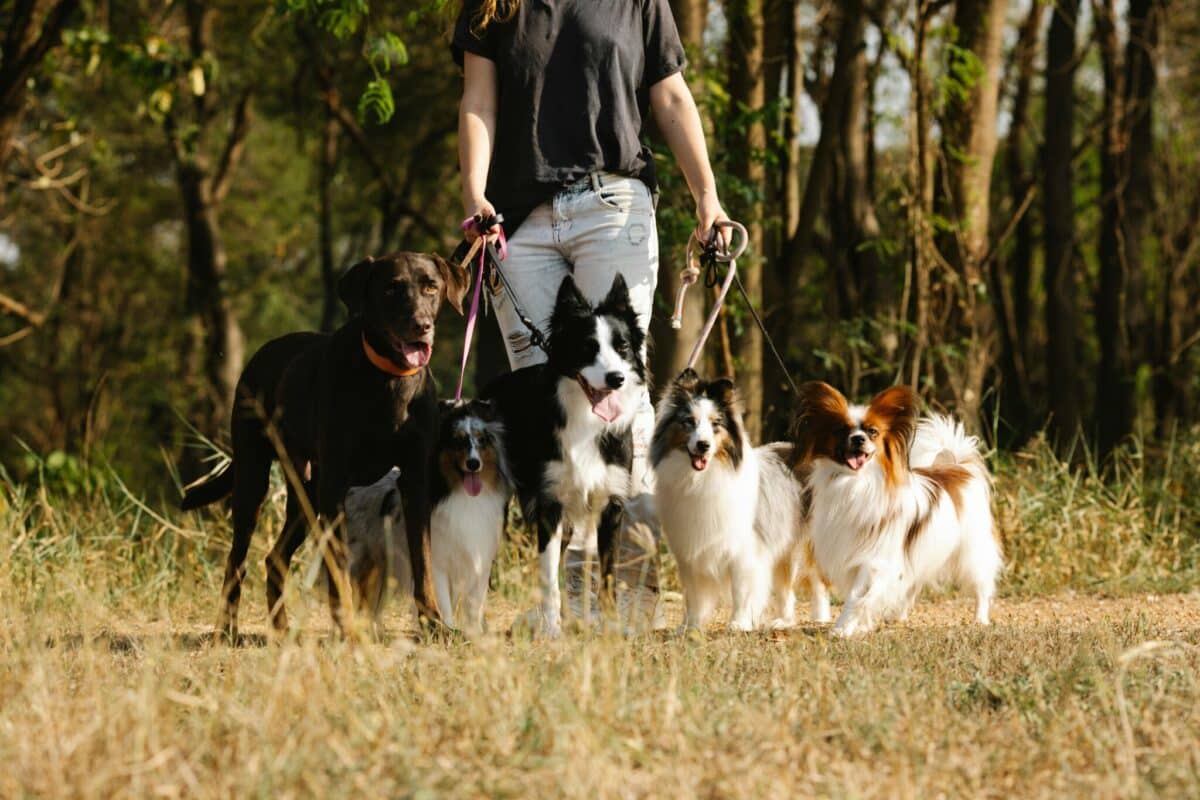 Shutterstock
Shutterstock
Dogs have an extraordinary sense of smell, one that far surpasses our own in ways that seem almost supernatural. With over 300 million olfactory receptors compared to our measly 5 million, dogs can detect scents that are entirely undetectable to humans. Their noses are finely tuned instruments, capable of sniffing out everything from changes in body chemistry to environmental shifts that we could never imagine. Whether they’re detecting an oncoming storm or sensing an illness before symptoms appear, dogs continue to amaze us with their olfactory abilities.
The Smell of Fear and Stress
 Shutterstock
Shutterstock
You might think your poker face is flawless, but to a dog, your body is an open book. Dogs can smell changes in your hormones, particularly cortisol and adrenaline, which are released when you’re feeling stressed or afraid. When you’re nervous, your body produces more sweat and releases these hormones, which your dog’s sensitive nose can pick up almost instantly. This ability is why dogs often react differently when someone is anxious or scared, either becoming more protective or more cautious themselves. Their noses clue them into emotions that humans can’t easily perceive, making them empathetic companions.
Illnesses Like Cancer and Diabetes
 Shutterstock
Shutterstock
Dogs have been trained to detect serious illnesses like cancer and diabetes with incredible accuracy. Certain types of cancer, such as lung and ovarian cancer, release volatile organic compounds that dogs can smell in a person’s breath or urine, often before any clinical signs are present. Similarly, dogs can detect changes in blood sugar levels, making them life-saving companions for people with diabetes. These dogs are even known to alert their owners before a hypoglycemic episode occurs. The medical world is increasingly recognizing the potential of using dogs in diagnostic settings because their noses can quite literally save lives.
Oncoming Seizures
 Shutterstock
Shutterstock
Another incredible ability some dogs possess is detecting oncoming seizures in individuals with epilepsy. Although it’s not entirely understood how they do it, it’s believed that dogs can sense subtle changes in a person’s body chemistry before a seizure begins. These changes could be related to the release of specific scents or a shift in the electrical activity of the person’s body. Seizure-alert dogs are trained to give their owners warnings—such as pawing, barking, or lying on them—to ensure they’re in a safe place before the seizure strikes. It’s a remarkable skill that continues to baffle scientists and save lives.
Low Blood Sugar Levels
 Shutterstock
Shutterstock
For people with diabetes, a drop in blood sugar levels can be life-threatening, but some dogs can sniff out this change before it becomes dangerous. When blood sugar levels drop, the body starts releasing ketones, which have a distinct smell that dogs can detect. Diabetic alert dogs are trained to recognize this scent and alert their owners so they can take action. This isn’t just a convenient skill; it can be a life-saving one. Thanks to their extraordinary sense of smell, these dogs provide an added layer of security and reassurance to their human companions.
Changes in the Weather
 Shutterstock
Shutterstock
Ever noticed your dog acting strangely before a thunderstorm or major weather shift? Dogs can detect changes in atmospheric pressure and the smell of ozone that often comes with a storm. Their keen senses allow them to pick up on these environmental changes long before we do. Dogs may become restless, hide, or bark excessively as a storm approaches, reacting to cues that are imperceptible to humans. It’s like having a furry weather forecaster in your home—one that’s far more reliable than your smartphone’s weather app. Their ability to sense incoming weather changes has been honed over thousands of years.
Pregnancy
 Shutterstock
Shutterstock
Dogs are known to become more protective and affectionate toward pregnant women, and this is because they can smell the hormonal changes that occur during pregnancy. A pregnant woman’s body releases a cocktail of hormones, including progesterone, estrogen, and human chorionic gonadotropin, which dogs can easily detect. They may start to follow the pregnant woman around, rest their head on her belly, or display protective behaviors. This ability to detect pregnancy highlights how dogs are deeply attuned to the biological signals of the humans they love. To them, a pregnant woman smells different, and they respond with gentle curiosity and care.
The Passage of Time
 Shutterstock
Shutterstock
Believe it or not, dogs can smell time. They use their sense of smell to understand how time passes, picking up on the scents that change throughout the day. For instance, in the morning, the scent of breakfast lingers in the air, while in the evening, it may be dinner smells or the scent of a loved one returning home from work. Dogs are excellent at associating specific scents with routines, which is why they seem to know when it’s time for a walk or when a family member is about to come home. It’s as if they have an internal olfactory clock.
Diseases in Plants
 Shutterstock
Shutterstock
Dogs aren’t just good at detecting illnesses in humans; they can also sniff out diseases in plants. Certain diseases cause plants to release unique chemical compounds that dogs can detect. Agricultural researchers have been working with trained dogs to identify citrus greening disease in trees, a devastating illness affecting citrus crops worldwide. By sniffing out the disease early, farmers can take action to prevent the spread and save their crops. It’s a fascinating example of how dogs’ powerful sense of smell can be used in agriculture to detect problems long before humans ever would.
Bed Bugs and Termites
 Shutterstock
Shutterstock
Forget hiring an exterminator to spot-check for pests; some dogs are trained to sniff out bed bugs and termites with astounding precision. Bed bugs and termites release pheromones and other chemical signals that dogs can detect even in small quantities. These pest-detecting dogs are often more effective than human exterminators at locating infestations, especially in hidden areas like walls and floorboards. Their accuracy can save homeowners thousands of dollars in damage and treatments. So, next time you think your home is pest-free, remember that your dog might just have the last word—or the last sniff—on the matter.
The Human Body Underwater
 Shutterstock
Shutterstock
Dogs’ sense of smell is so acute that certain breeds have been trained to detect human bodies underwater. This is an invaluable skill used in search and rescue operations. When a person is submerged, their body releases specific gases that rise to the water’s surface. Dogs can detect these faint scents even in challenging conditions, making them crucial partners in recovery missions. Their noses can pick up the smallest traces of scent molecules, guiding search teams to otherwise hard-to-find locations. It’s yet another mind-blowing example of the capabilities of a dog’s olfactory system, which continues to amaze rescue teams worldwide.
Emotions Beyond Fear and Stress
 Shutterstock
Shutterstock
While it’s well known that dogs can detect fear and stress, they can also smell other emotions, like happiness and sadness, through the hormones and pheromones our bodies release. If you’re feeling joyful, your dog may pick up on the dopamine and serotonin in your body and react with excitement. Conversely, if you’re sad, your dog might sense a dip in those happy hormones and come to comfort you. Dogs don’t just react to our facial expressions or tone of voice; their noses provide a deep, instinctual understanding of how we’re feeling, making them truly empathetic companions.
The Sniff-tastic Superpowers of Our Canine Companions
 Shutterstock
Shutterstock
Dogs truly have noses that defy belief. From detecting illnesses and changes in the weather to sniffing out emotions and even time, their sense of smell is an incredible gift. It’s like having a superhero in your home who can do everything from predicting storms to warning you of health concerns. While we may never fully understand the extent of their olfactory powers, one thing is clear: our dogs are constantly tuned in to the world in ways we can only imagine.

 1 week ago
8
1 week ago
8


















 English (US) ·
English (US) ·